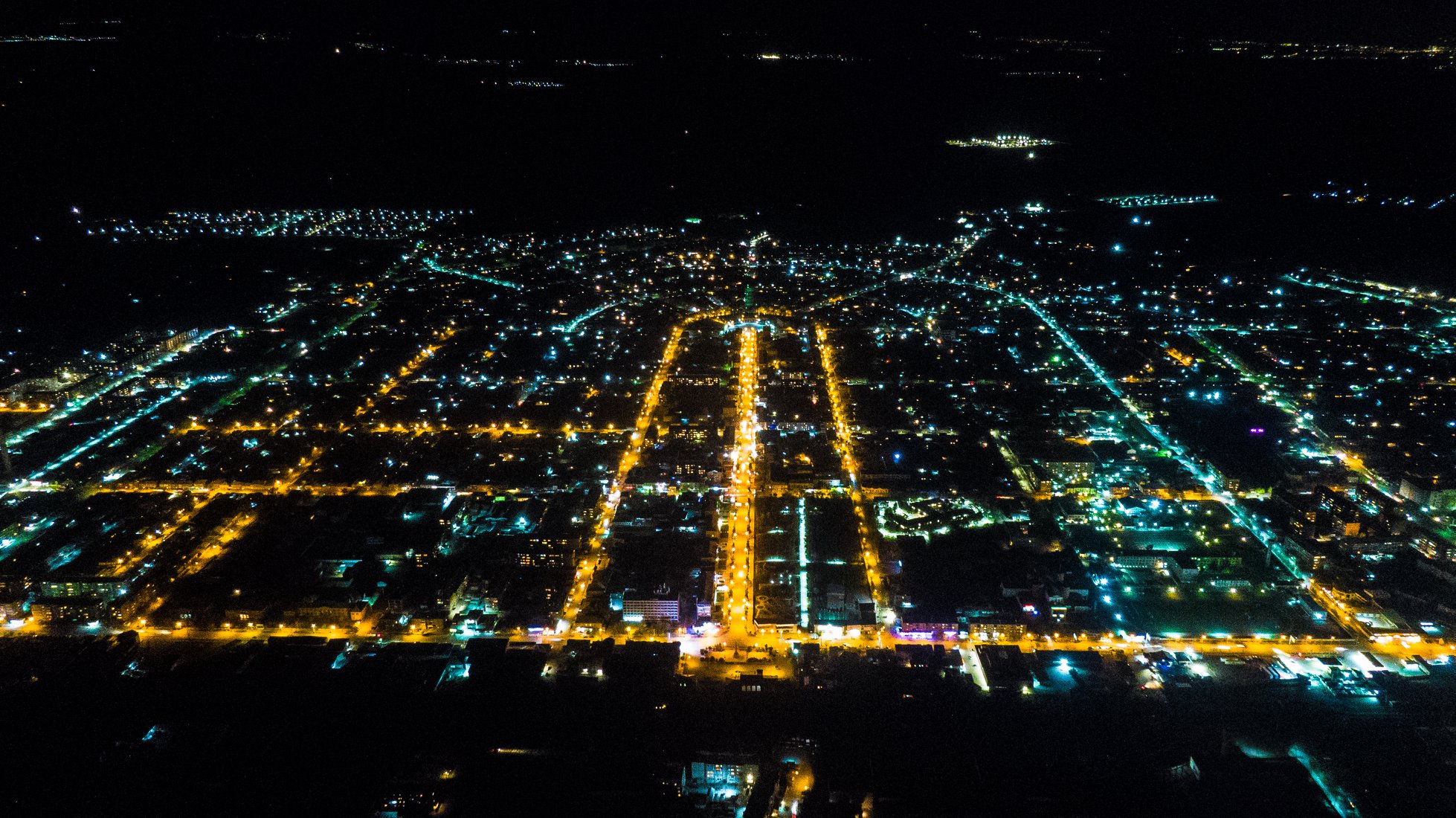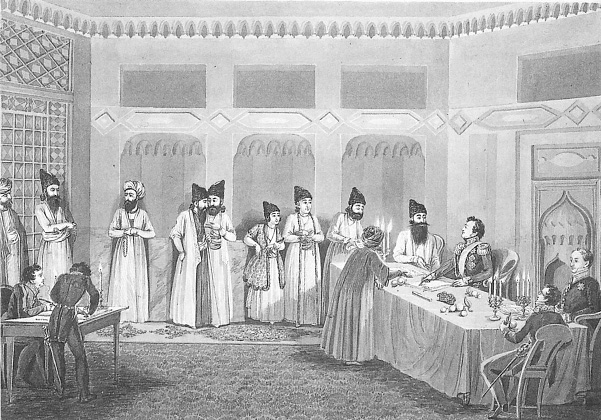|
Sardari Berd
Sardari Berd ( hy, Սարդարի Բերդ: deriven from ''Sardar'' fa, سردار; a title of Persian origin, used for military or political leaders meaning "commander" or " chieftain" and ''Berd'' hy, Բերդ; meaning "fortress".) sits on the right before the cemetery in the village of Sardarapat in the Armavir Province of Armenia. History The fortress was built sometime between the years of 1807-1828, during the rule and with the assistance of Sardar Hosein Qoli Khan Qajar ( Sardari Iravani), the last and best of the Qajar governors of the Yerevan Khanate. It was constructed using stones taken from the ruins of the ancient city of Armavir, some of which still bear traces of Urartian cuneiform inscriptions. The fortress was used as an administrative center for the Sardarapat district and also as the summer residence of the Khan of Yerevan (Erevan). Sardari Berd was captured in 1828 by the Russians under General Ivan Paskevich during the Russo-Persian War (1826-1 ... [...More Info...] [...Related Items...] OR: [Wikipedia] [Google] [Baidu] |
Sardarapat, Armenia
Sardarapat ( hy, Սարդարապատ), is a major village in the Armavir province of Armenia. The settlement was originally known as Sardarapat until 1935 when it was renamed Hoktember (October) in memory of the 1917 October Revolution. In 1967, the village of Norapat was absorbed by Hoktember.Kiesling, ''Rediscovering Armenia'', p. 37, available online at thUS embassy to Armenia's website However, the original name of the village was restored in 2009. The name ''Sardarapat'' is derived from the major Persian Empire, Persian fortress of Sardari Berd, built around 1810 by the last Persian people, Persian Qajar dynasty, Qajar governor of the Erivan Khanate; Hossein Khan Sardar, with British technical assistance using stones taken from the ruins of ancient Armavir (ancient city), Armavir. Many of the stones are still bearing traces of cuneiform inscriptions. The town was set as administrative centre for the Sardarapat district and summer residence of the Khan of Erivan. The Sard ... [...More Info...] [...Related Items...] OR: [Wikipedia] [Google] [Baidu] |
Aras River
, az, Araz, fa, ارس, tr, Aras The Aras (also known as the Araks, Arax, Araxes, or Araz) is a river in the Caucasus. It rises in eastern Turkey and flows along the borders between Turkey and Armenia, between Turkey and the Nakhchivan exclave of Azerbaijan, between Iran and both Azerbaijan and Armenia, and, finally, through Azerbaijan where it flows into the Kura river. It drains the south side of the Lesser Caucasus Mountains while the Kura drains the north side of the Lesser Caucasus. The river's total length is and its watershed covers an area of . The Aras is one of the longest rivers in the Caucasus. Names In classical antiquity, the river was known to the Greeks as Araxes ( gr, Ἀράξης). Its modern Armenian name is ''Arax'' or ''Araks'' ( hy, Արաքս). Historically it was also known as ''Yeraskh'' ( xcl, Երասխ) and its Old Georgian name is ''Rakhsi'' (). In Azerbaijani, the river's name is ''Araz''. In Persian and Kurdish its name is (''Aras''), and ... [...More Info...] [...Related Items...] OR: [Wikipedia] [Google] [Baidu] |
Castles In Armenia
In total, there are approximately 293 castles or ruins of castles in Armenia. Castles in Aragatsotn Province Castles in Ararat Province Castles in Armavir Province Castles in Gegharkunik Province Castles in Lori Province Castles in Kotayk Province Castles in Shirak Province Castles in Syunik Province Castles in Vayots Dzor Province Castles in Tavush Province * Aghjkaghala Castle * Aghli Berd * Aghtamir Fortress * Alberd * Ardar Davit * Arin Berd - Also known as Erebuni Fortress. * Berdakar * Berdavan Fortress - Most likely built between the 10th and 11th centuries; 17th-century reconstruction with church nearby (Tavush Province, Armenia). * Berdidash * Berdi Dosh * Berdi Glukh * Dzernak Fortress * Erebuni Fortress - Also known as Arin Berd and Yerevani Berd; Massive Urartian fortress (Erebuni Masiv, Yervan, Armenia). * Geghi Berd - Also known as Kakavaberd. * Berdavan Fortress, Ghalinjakar - Commonly known as Berdavan Fortress. * Ghaluchay Fort * Ghsla ... [...More Info...] [...Related Items...] OR: [Wikipedia] [Google] [Baidu] |
Archaeological Sites In Armenia
Archaeology or archeology is the scientific study of human activity through the recovery and analysis of material culture. The archaeological record consists of artifacts, architecture, biofacts or ecofacts, sites, and cultural landscapes. Archaeology can be considered both a social science and a branch of the humanities. It is usually considered an independent academic discipline, but may also be classified as part of anthropology (in North America – the four-field approach), history or geography. Archaeologists study human prehistory and history, from the development of the first stone tools at Lomekwi in East Africa 3.3 million years ago up until recent decades. Archaeology is distinct from palaeontology, which is the study of fossil remains. Archaeology is particularly important for learning about prehistoric societies, for which, by definition, there are no written records. Prehistory includes over 99% of the human past, from the Paleolithic until the adve ... [...More Info...] [...Related Items...] OR: [Wikipedia] [Google] [Baidu] |
Sardarapat Memorial
Sardarapat Memorial is a memorial complex to the Battle of Sardarabad located in the village of Araks, in the Armavir Province of Armenia, 11 kilometers southwest of Armavir town. Design The memorial was designed by architect Rafael Israelyan while the sculpting is by Ara Harutyunyan, Arsham Shahinyan and Sambel Minasyan. The entrance is flanked by huge winged oxen made of red tufa. A flight of steps leads to a square from which a 26-metre-high bell tower rises. The beautiful trellised structure with its twelve bells can be seen from afar. The bells ring every year on the day of the historic victory. The monument is guarded by massive ancient style Armenian-winged lions, and is flanked by a memorial garden for Karabakh (Arstakh) martyrs. History In the early 1960s, initiatives in honor of the battle were conceived, one of the main authors of which was the First Secretary of the Communist Party of Armenia Yakov Zarobyan, who pointed to an interest in perpetuating histor ... [...More Info...] [...Related Items...] OR: [Wikipedia] [Google] [Baidu] |
Hoktember
Sardarapat ( hy, Սարդարապատ), is a major village in the Armavir province of Armenia. The settlement was originally known as Sardarapat until 1935 when it was renamed Hoktember (October) in memory of the 1917 October Revolution. In 1967, the village of Norapat was absorbed by Hoktember.Kiesling, ''Rediscovering Armenia'', p. 37, available online at thUS embassy to Armenia's website However, the original name of the village was restored in 2009. The name ''Sardarapat'' is derived from the major Persian fortress of Sardari Berd, built around 1810 by the last Persian Qajar governor of the Erivan Khanate; Hossein Khan Sardar, with British technical assistance using stones taken from the ruins of ancient Armavir. Many of the stones are still bearing traces of cuneiform inscriptions. The town was set as administrative centre for the Sardarapat district and summer residence of the Khan of Erivan. The Sardar's fortress was taken by the Russians under General Paskevich in 18 ... [...More Info...] [...Related Items...] OR: [Wikipedia] [Google] [Baidu] |
Armavir, Armenia
Armavir ( hy, Արմավիր), is a town and urban municipal community located in the west of Armenia serving as the administrative centre of Armavir Province. It was founded in 1931 by the government of the Armenian Soviet Socialist Republic. As of the 2011 census, the population of the town is 29,319, declined from 46,900 reported at the 1989 census. Currently, the town has a population of 37,053 as per the 2019 official estimate. The town was known as Sardarabad before 1935, and Hoktemberyan from 1935 to 1995. Currently, Armavir is the seat of the Diocese of Armavir of the Armenian Apostolic Church. Etymology Founded in 1931 as Sardarabad, the town was known as Hoktemberyan (meaning the ''city of October'') between 1935 and 1995, named in honor of the October Revolution. In 1992, the town was named Armavir by the government of independent Armenia, after the nearby ancient city of Armavir, that was founded in the 8th century BC by King Argishti I of Urartu, and became the ... [...More Info...] [...Related Items...] OR: [Wikipedia] [Google] [Baidu] |
Yerevan, Armenia
Yerevan ( , , hy, Երևան , sometimes spelled Erevan) is the capital and largest city of Armenia and one of the world's List of oldest continuously inhabited cities, oldest continuously inhabited cities. Situated along the Hrazdan River, Yerevan is the administrative, cultural, and industrial center of the country, as its primate city. It has been the Historical capitals of Armenia, capital since 1918, the Historical capitals of Armenia, fourteenth in the history of Armenia and the seventh located in or around the Ararat Plain. The city also serves as the seat of the Araratian Pontifical Diocese, which is the largest diocese of the Armenian Apostolic Church and one of the oldest dioceses in the world. The history of Yerevan dates back to the 8th century BCE, with the founding of the fortress of Erebuni Fortress, Erebuni in 782 BCE by King Argishti I of Urartu, Argishti I of Urartu at the western extreme of the Ararat Plain. Erebuni was "designed as a great administrative an ... [...More Info...] [...Related Items...] OR: [Wikipedia] [Google] [Baidu] |
February Revolution
The February Revolution ( rus, Февра́льская револю́ция, r=Fevral'skaya revolyutsiya, p=fʲɪvˈralʲskəjə rʲɪvɐˈlʲutsɨjə), known in Soviet historiography as the February Bourgeois Democratic Revolution and sometimes as the March Revolution, was the first of two revolutions which took place in Russia in 1917. The main events of the revolution took place in and near Petrograd (present-day Saint Petersburg), the then-capital of Russia, where long-standing discontent with the monarchy erupted into mass protests against food rationing on 23 February Old Style (8 March New Style). Revolutionary activity lasted about eight days, involving mass demonstrations and violent armed clashes with police and gendarmes, the last loyal forces of the Russian monarchy. On 27 February O.S. (12 March N.S.) the forces of the capital's garrison sided with the revolutionaries. Three days later Tsar Nicholas II abdicated, ending Romanov dynastic rule and the Russian Empi ... [...More Info...] [...Related Items...] OR: [Wikipedia] [Google] [Baidu] |
Armenian Oblast
The Armenian Oblast was a province (''oblast'') of the Caucasus Viceroyalty of the Russian Empire that existed from 1828 to 1840. It corresponded to most of present-day central Armenia, the Iğdır Province of Turkey Turkey ( tr, Türkiye ), officially the Republic of Türkiye ( tr, Türkiye Cumhuriyeti, links=no ), is a list of transcontinental countries, transcontinental country located mainly on the Anatolia, Anatolian Peninsula in Western Asia, with ..., and the Nakhchivan exclave of Azerbaijan. Its administrative center was Yerevan, referred to as ''Erivan'' in Russian language, Russian. History The Armenian Oblast was created out of the territories of the former Erivan Khanate, Erivan and Nakhichevan Khanate, Nakhchivan khanates, which were ceded to Russia by Qajar Iran under the Treaty of Turkmenchay after the Russo-Persian War (1826–28), Russo-Iranian War of 1826-1828. Ivan Paskevich, the Ukraine, Ukrainian-born military leader and hero of the war, was made ... [...More Info...] [...Related Items...] OR: [Wikipedia] [Google] [Baidu] |
.jpg)
.jpg)


